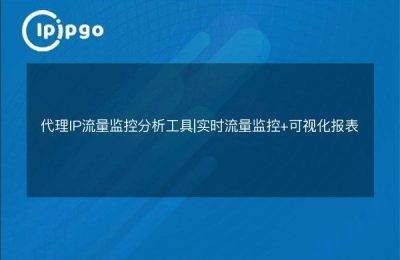
In the network world, proxy ip is a very important technical means to help users hide their real ip address, protect private information and improve security. And what protocol proxy ip is based on is one of the key factors to determine its availability and performance.
What protocol is proxy ip based on?
Proxy ip can be realized based on a variety of protocols, the most common of which include HTTP, HTTPS, SOCKS and so on. Different protocols have different characteristics and applicable scenarios, we will introduce them below.
HTTP proxy
HTTP proxy is the most common kind of proxy protocol, which is mainly used for request forwarding of HTTP protocol. It works by acting as an intermediary between the client and the server. When the client initiates an HTTP request, it is first sent to the HTTP proxy server, which then forwards it to the real target server. This proxy method is simple and easy to use and is suitable for most network communication scenarios.
For example, we can use Python's requests library to set up the use of an HTTP proxy:
import requests
proxies = {
'http': 'http://10.10.1.10:3128',
'https': 'http://10.10.1.10:1080',
}
response = requests.get('http://example.com', proxies=proxies)HTTPS proxy
Similar to HTTP proxies, HTTPS proxies are primarily used for request forwarding for the HTTPS protocol. The difference is that HTTPS proxies need to support the SSL/TLS protocol to enable encrypted communication. When using an HTTPS proxy, the communication between the client and the proxy server is encrypted, making it more secure and reliable.
Using the HTTPS proxy is also very simple and can be achieved by setting the proxy parameters:
import requests
proxies = {
'https': 'https://10.10.1.10:3128',
}
response = requests.get('https://example.com', proxies=proxies)SOCKS Agent
Unlike HTTP and HTTPS proxies, the SOCKS proxy can proxy arbitrary TCP connections, including HTTP, HTTPS, FTP and other protocols. It is more flexible and suitable for more complex network environments.
The following is sample code that uses the SOCKS proxy:
import requests
proxies = {
'http': 'socks5://10.10.1.10:1080',
'https': 'socks5://10.10.1.10:1080',
}
response = requests.get('https://example.com', proxies=proxies)summarize
Through the above introduction, we can see that the proxy ip can be realized based on different protocols, each protocol has its unique characteristics and applicable scenarios. In actual use, we can choose the appropriate proxy protocol according to the specific needs, so as to get a better network experience and security. I hope this article can help you, thanks for reading!








